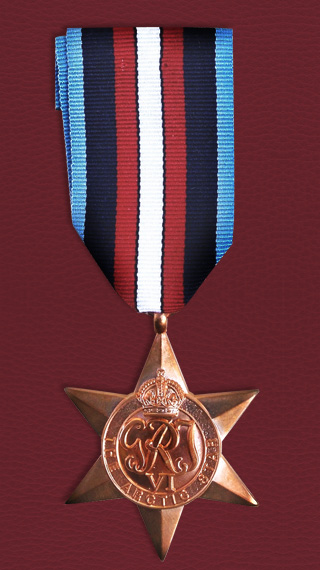Context
The Arctic Star is a Second World War medal. This medal to commemorate the Arctic convoys and is designed primarily for ships and their escorts for convoys to northern Russia.
Eligibility and Criteria
The Arctic Star is granted for operational service of any length, from September, 3, 1939, to May 8, 1945 inclusive, north of the Arctic Circle (66 degrees, 32’N) on the Greenland Sea, Norwegian Sea and Barents Sea.
Eligibility is defined as follows:
- Navy and Merchant Navy – Eligibility for Naval and Merchant Navy service anywhere at sea north of the Arctic Circle is to include, but is not limited exclusively to, those ships participating in, and in support of, convoys to North Russia.
- Air Force – Aircrew of the Royal Canadian Air Force will be eligible if they landed north of the Arctic Circle or served in the air over this area. Non-aircrew on operational service in the area are also eligible.
- Army – Army personnel serving in His Majesty’s Canadian ships or in defensively equipped Merchant ships qualify under the rules applying to the Navy or Merchant Navy. In addition, personnel taking part in land operations north of the Arctic Circle will also be eligible.
- General – Service on the Greenland Sea outside of the coastal limit, Norwegian Sea and Barents Sea within the Arctic Circle are areas of service for eligibility to this star.
- General – Eligibility to the Arctic Star has no effect upon eligibility for Second World War recognition previously awarded and does not suggest automatic eligibility for any further awards.
Description
The Arctic Star is a yellow copper zinc alloy in the form of a six-pointed star.
The obverse has a central design of the Royal and Imperial cypher, surmounted by a crown. The cypher is surrounded by a circlet containing the words 'THE ARCTIC STAR'.
The Arctic Star ribbon has stripes of light blue, dark blue, red and white.
